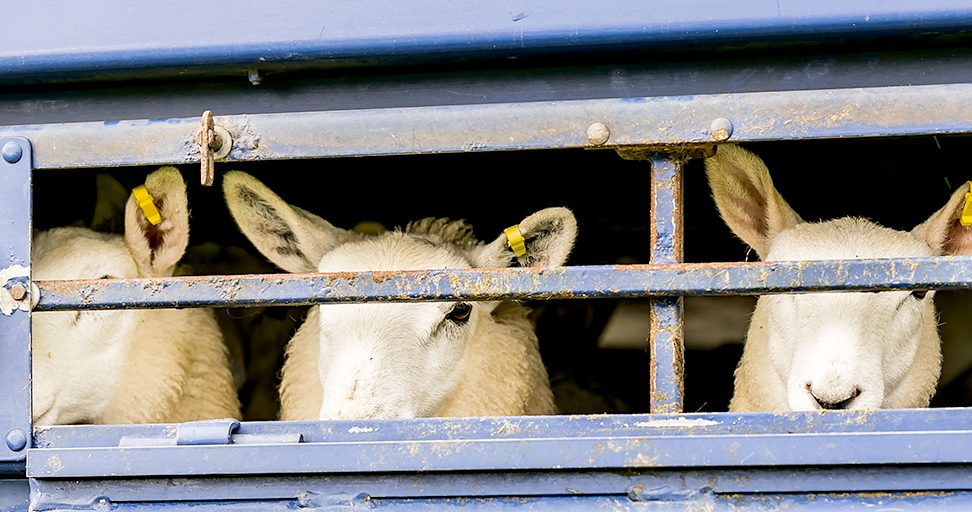The value of farm animals can reach astronomical heights – last year, a 13-month-old Wagyu heifer sold for $400,000 at an auction in Melbourne.
While your stock might not fetch that kind of price, your investment in breeding and care can go to waste if you don’t minimise the risks of theft.
Livestock theft happens more than you think
Research consultancy PwC estimates 28,400 head of cattle are stolen annually in Australia.
In the two years to August last year, $8.5 million worth of cattle were stolen in NSW. Thieves risk up to 14 years in prison if convicted of stealing, or killing, cattle with intent to steal its carcass, skin or another body part.
A University of New England survey of NSW and Victorian victims of farm crime found respondents had high levels of concern, but low to mid-levels of confidence in the police.
However, NSW’s introduction of full-time rural crime prevention officers is helping improve these attitudes. Farmers need to be aware of those officers, though. The survey found two-thirds of Victorian farmers had no idea these officers existed in their state.
New initiatives for an old problem
Technology offers solutions to animal theft and, as a bonus, can boost productivity. For example, a recent Australian innovation uses smart solar-powered animal ear tags that connect to a satellite via GPS. It allows farmers to track animals on the move, locate them and reveal if they’re giving birth or unwell. You can monitor this via your mobile phone, laptop or other electronic devices.
But a competitor system is a step up. The iTRAK system, a joint venture of the US-based Optibrand LLC and Geelong-based FoodFibre Trace, actually scans the animal’s retina. The system integrates with existing electronic IC-management tags that link with livestock management software, too. Another biometric tech option is from the Singapore-based AnimalEYEQ.
Video surveillance also boosts security, giving remote monitoring of your farm and alerts in real-time, such as with farmdeck.
Secure your property
Closing gates isn’t enough, ensure there are steel chains and secure locking devices on sheds, stockyards and paddocks. Check your gates can’t be easily lifted off their hinges.
Cattle rustlers aren’t always the only culprits, others may also trespass onto your property to ‘liberate’ your animals. Trespassing fines vary across the country, they’ve become tougher.
To thwart trespassers, farmers can:
- Erect warning signs about dogs and alarms on site
- Say the property has identification marks
- Install physical barriers
- Network with neighbours to keep a watch out for would-be intruders
- Record activities, such as photographing and video recording vehicle registration numbers and faces of people and vehicles on your property (check out the law here, too), and
- Ask trespassers to identify themselves, why they’re on your property and tell them the police will be called if they refuse to leave.
Insure your livestock
You can also minimise the risk of theft by investing in livestock insurance. Policy options include:
- Farm property, which helps protect against fire, lightning strikes, malicious damage, and more, to livestock
- Full mortality livestock cover for disease, illness and accidental damage, and
- Stud stock insurance for individual animals covering defined events such as illness, disease and full loss of use.
Talk to us, as your broker, about which option best suits your needs. We can also share more risk management tips and shed light on market value insurance. Let us guide you on protecting a key part of your farm’s assets.

